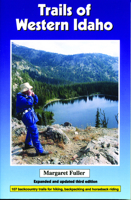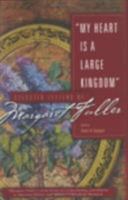Woman in the Nineteenth Century, and Kindred Papers Relating to the Sphere, Condition and Duties, Of
Select Format
Select Condition 
Book Overview
A groundbreaking feminist manifesto of the nineteenth century, this work by Margaret Fuller and her brother Arthur Buckminster Fuller is a seminal exploration of the role of women in society and the challenges they face in achieving equality and recognition. With its bold ideas and eloquent arguments, Woman in the Nineteenth Century remains a landmark work in the history of women's rights and a must-read for anyone interested in the struggle for gender equality.
This work has been selected by scholars as being culturally important, and is part of the knowledge base of civilization as we know it.
This work is in the "public domain in the United States of America, and possibly other nations. Within the United States, you may freely copy and distribute this work, as no entity (individual or corporate) has a copyright on the body of the work.
Scholars believe, and we concur, that this work is important enough to be preserved, reproduced, and made generally available to the public. We appreciate your support of the preservation process, and thank you for being an important part of keeping this knowledge alive and relevant.












































